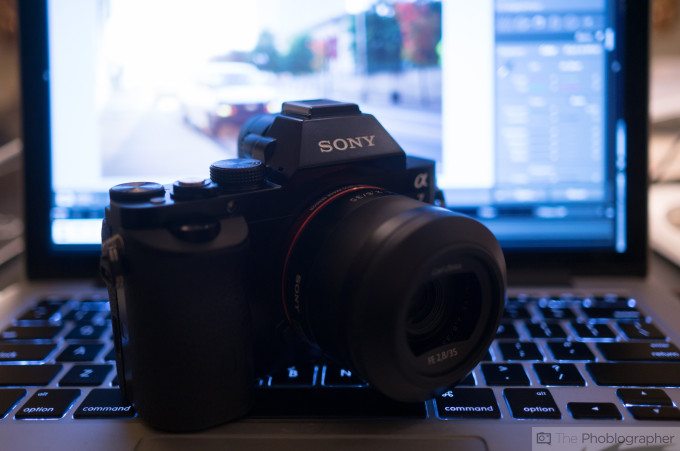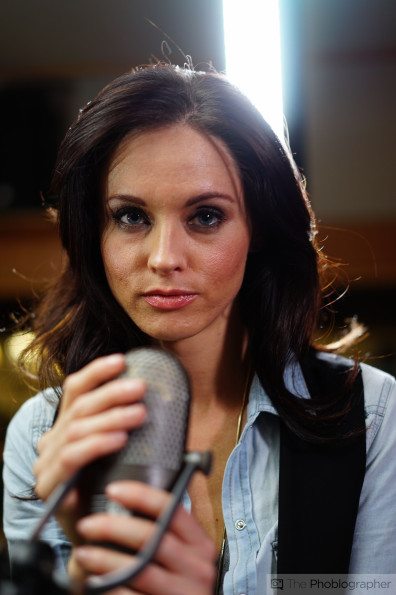Last Updated on 10/30/2013 by Chris Gampat
We’ve been in Nashville, TN for a couple of days now playing with the Sony A7 and A7r. And in all honesty, these are indeed the cameras that many photographers have been waiting for for a very, very long time. However, the cameras have a couple of issues that we believe that Sony will try to work on in some way or another. After using the cameras and talking with loads of other journalists on the trip (many of them being friends of mine) we’re glad to know that we’re not the only ones experiencing these problems.
So what’s wrong with the cameras?
Focus Peaking
When it comes to focus peaking, the accuracy isn’t perfect. For those less informed, focus peaking works by having a camera put lines around an area that it in focus. It has long been a great feature for videographers and has translated over into the still photography world in recent years. However, the cameras that we’ve been dealing with for a while have had APS-C and Micro Four Thirds sensors. Because the A7 and A7r are full frame sensor cams, nailing focusing is even more essential.
When we used the Zeiss 55mm f1.4 Otus lens, the focus peaking wasn’t so accurate. We originally thought it was the Metabones adapter causing issues, but then we used some of Sony’s own lenses and adapters. Even then, the focusing wasn’t perfectly nailed.
So we tried a number of solutions. We stopped the lens down, and even that didn’t always help–but the issue is worse when working with the lenses wide open.
There are probably a number of you out there that are saying to yourself, “Who the heck is going to use focus peaking anyway?”
You’d be amazed. A lot of us out here are doing so and some of the reasons have to do with autofocusing.
Autofocus
Sony’s NEX camera system has always been able to boast blazing fast autofocusing speeds. However, as I’ve always stated in reviews, the focusing isn’t always the smartest based on what you want in focus in a given scene. Fast autofocusing is honestly nothing if it can’t hit a target. So to work around this issue, we’ve been using autofocusing and sometimes pressing the AF/MF button with focus peaking to try to get our subjects in focus without focusing and recomposing.
Unfortunately, when we use full auto focusing, spot focusing (the camera offers smalls, medium and large) zone, multi, etc. And based on the way that someone would compose a scene, the focusing can be hit or miss. We’ve even tried using the center area, focusing, and recomposing–and obviously that doesn’t always work either for focus plane shifting reasons.
This issue has been with both the A7 and A7r, though we have to say that focusing with the A7 is better due to the phase detection sensors being placed on the sensor. When an Alpha lens adapter is used with Alpha lenses; the camera performs just as fast as the A99–which we rated very highly.
Metering
This is a problem that we’re really bugged out about. We’re sticklers for metering and other websites tend to not really measure this so well. The Phoblographer’s standards apply to the tried and true Sunny 16 tests–which have worked with photographers since the days of film.
A couple of days ago, we posted an image of Petapixel’s DL Cade and SLR Lounge’s Joe Gunawan on our Facebook with lots of feedback from you folks about how the image was shot underexposed. Guess what: according to Song’s meter it is perfectly fine. And guess what again: you’re completely right.
However, Sony’s algorithms seem to be metering the overall scene and putting more emphasis on the highlights. In general, we’ve found that the system underexposes by a full stop–and in order to get anything nearly perfect we’re overexposing our images by a stop. The issue seems to be lessened when we use strobes though. However, metering is incredibly important overall.
A7r’s Sensor
We’ve been using the A7r a lot. It’s by far our favorite for the image quality that it can deliver when you nail the image absolutely perfectly. However, nailing that image is tougher because the sensor amplifies the slightest issue (such as camera shake) and any other problem by ten fold. We almost feel like anything we do with it requires a tripod.
Additionally, we’re finding lots of chromatic aberration with the 55mm f1.8 when used with the camera.
We’re going to be doing a lot more tests though, so you’ll need to stay tuned to see what else we have to say.
Please Support The Phoblographer
We love to bring you guys the latest and greatest news and gear related stuff. However, we can’t keep doing that unless we have your continued support. If you would like to purchase any of the items mentioned, please do so by clicking our links first and then purchasing the items as we then get a small portion of the sale to help run the website.





